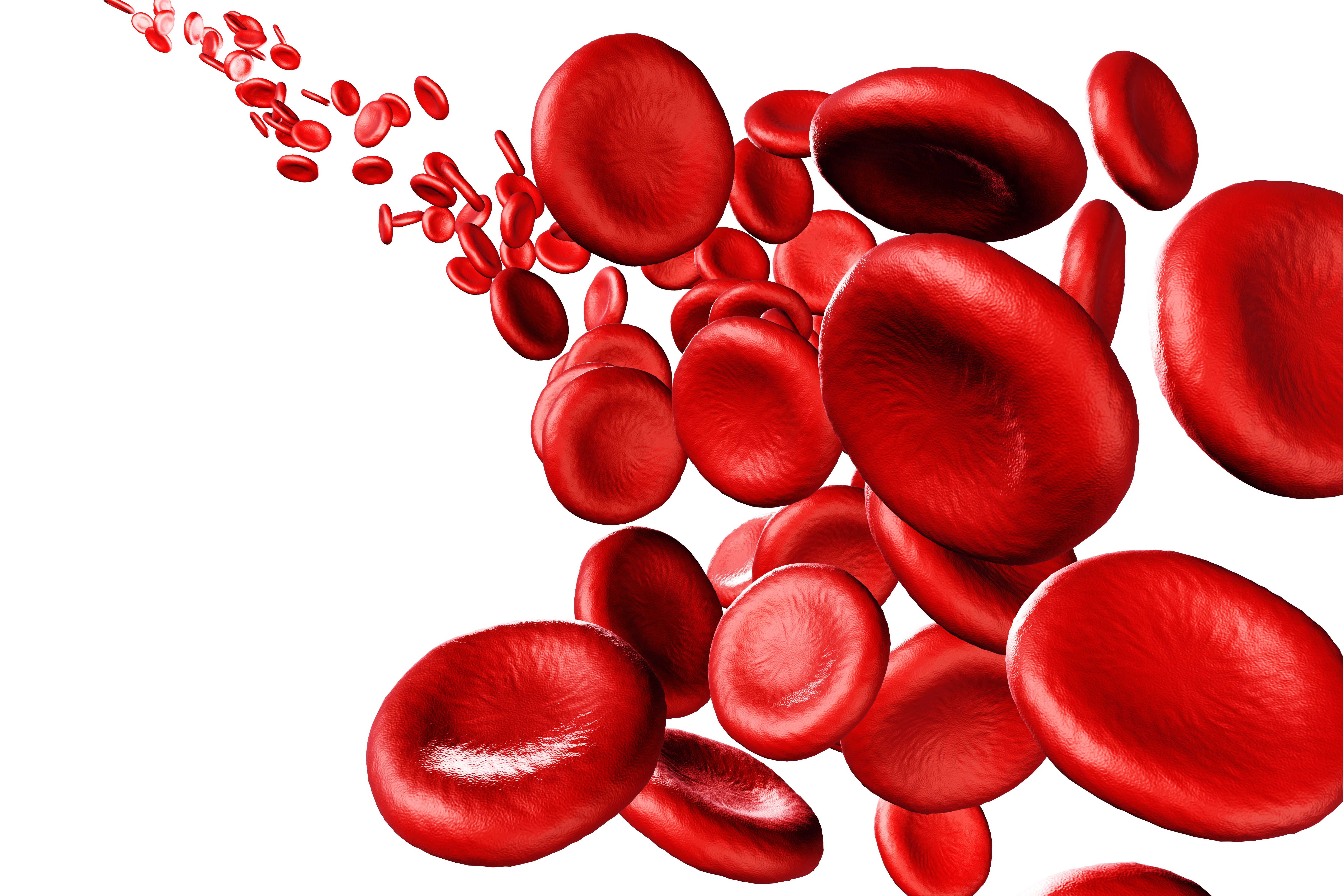More Intense Daratumumab Induction Offers Better Responses in Ultra High–Risk Multiple Myeloma
Intensifying daratumumab induction therapy may improve responses to therapy in patients with ultra high-risk multiple myeloma or primary plasma cell leukemia, according to prospective study results.

Results from the prospective OPTIMUM/MUKNINE trial (NCT03188172) showed that intensified induction therapy with daratumumab (Darzalex) plus cyclophosphamide, bortezomib, lenalidomide (Revlimid), and dexamethasone (dara-CVRd) followed by bortezomib-augmented autologous stem cell transplant (ASCT) resulted in deep remissions among patients with ultra high-risk multiple myeloma or primary plasma cell leukemia (pPCL), according to data reported from during the 2021 European Hematology Association (EHA) Congress.
Currently, most newly diagnosed myeloma patients are treated uniformly, but about 20% experience an early relapse, even if treated with an intensive treatment,” Martin Kaiser, MD, FRCP, of The Institute of Cancer Research and Royal Marsden Hospital, London, United Kingdom, said during a presentation of the data. “The patients need post-hoc treatment modifications which can be a strain on resources, it can be stressful for patients, and increased tumor burden can potentially accelerate tumor evolution.”
Kaiser went on to explain that management requires improved biological risk prediction for early treatment modification and resource adjustment. Biological risk in multiple myeloma can be assessed through genetic markers and gene expression associated with high cell proliferation. In addition, patients with pPCL are characterized by a high degree of proliferation and independence of the bone marrow niche. Together, these subpopulations comprise a patient cohort considered to have ultra high-risk disease.
The OPTIMUM trial took patients with primary PCL (n = 10) and suspected newly diagnosed multiple myeloma (n = 462) who were fit for intensive therapy and performed genetic marker and gene expression testing on bone marrow aspirate to determine an ultra high–risk population (n = 128) who went on to receive dara-CVRd plus ASCT. The primary end points were MRD and response after induction and ASCT.
Patients received induction treatment with daratumumab at 16 mg/kg for 2 cycles on days 1, 8, and 15 followed by the same dose on day 1 of each subsequent cycle; cyclophosphamide at 500 mg on days 1 and 8; bortezomib at 1.3 mg/m2 on days 1, 4, 8, and 11; lenalidomide at 25 mg on days 1 through 14; and dexamethasone 40 mg on days 1, 4, 8, 11 were administered for a maximum of 6 21-day cycles. Patients were then treated for stem cell mobilization and went on to receive ASCT with melphalan and bortezomib. Consolidation with 6 cycles of dara-VRd and 12 cycles of dara-VR was followed by maintenance with dara-R.
Patient characteristics indicated an ultra high–risk population, with 53% having double-hit genetics and 77% with SKY92 risk signature present. About 30% of patients had both double hit and SKY92.
Of the 107 patients who received at least 1 dose of study treatment, 2 patients died early from myeloma-related infections. One hundred patients completed induction and 94 were eventually eligible for ASCT. Ninety-two went on to have ASCT.
In the evaluable population (n = 102), the ORR was 99% at the end of induction, which was made up of 23% complete responses (CR), 61% very good partial responses (VGPR), and 16% PRs. On day 100-120 post-ASCT, the ORR was 93% and was comprised of 52% CRs, 35% VGPRs, and 5% PRs. The rate of MRD was 50% at the end of induction and 82% on day 100-120 post-ASCT.
In the safety population, the ORR was 94% at the end of induction with 22% CRs; that rate was 83% on day 100-120 post-ASCT with 47% CRs. The rate of VGPR or better in the 2 groups was 80% and 79%, respectively. The rate of MRD was 41% at the end of induction and 63% day 100-120 post-ASCT.
In just those patients with pPCL (n = 8), 25% each had CRs, VGPRs, PRs, and progressive disease.
Grade 2 events included anemia (18.7%), neutropenia (15.0%), thrombocytopenia (10.3%), infection (17.8%), pain (22.4%), fatigue (15.9%), and neuropathy (12.1%). Grade 3/4 events included anemia (4.7%), neutropenia (20.5%), thrombocytopenia (12.2%), and infection (12.1%).
“Dara-CVRd and bortezomib-augmented transplant-induced deep remission in [ultra high–risk] patient population,” Kaiser concluded. “Dara-CVRd is safe and well tolerated in these ultra high–risk patients. However, some ultra high–risk and pPCL patients relapsed early in this intensified modern therapy, which demonstrates that risk in myeloma is quantitative and subgroups with an unmet need still need further addressing.”
Reference
Kaiser M, Hall A, Walker K, et al. Depth of response and mrd status in ultra high-risk myeloma and plasma cell leukemia treated with dara-cvrd and augmented autologous transplant: results of the risk-stratified uk optimum/muknine trial. Presented at: 2021 European Society of Hematology Congress; June 9-17, 2021. Virtual. Accessed June 11, 2021. Abstract S181. https://bit.ly/3pWr6db
Gasparetto Explains Rationale for Quadruplet Front Line in Transplant-Ineligible Myeloma
February 22nd 2025In a Community Case Forum in partnership with the North Carolina Oncology Association, Cristina Gasparetto, MD, discussed the CEPHEUS, IMROZ, and BENEFIT trials of treatment for transplant-ineligible newly diagnosed multiple myeloma.
Read More